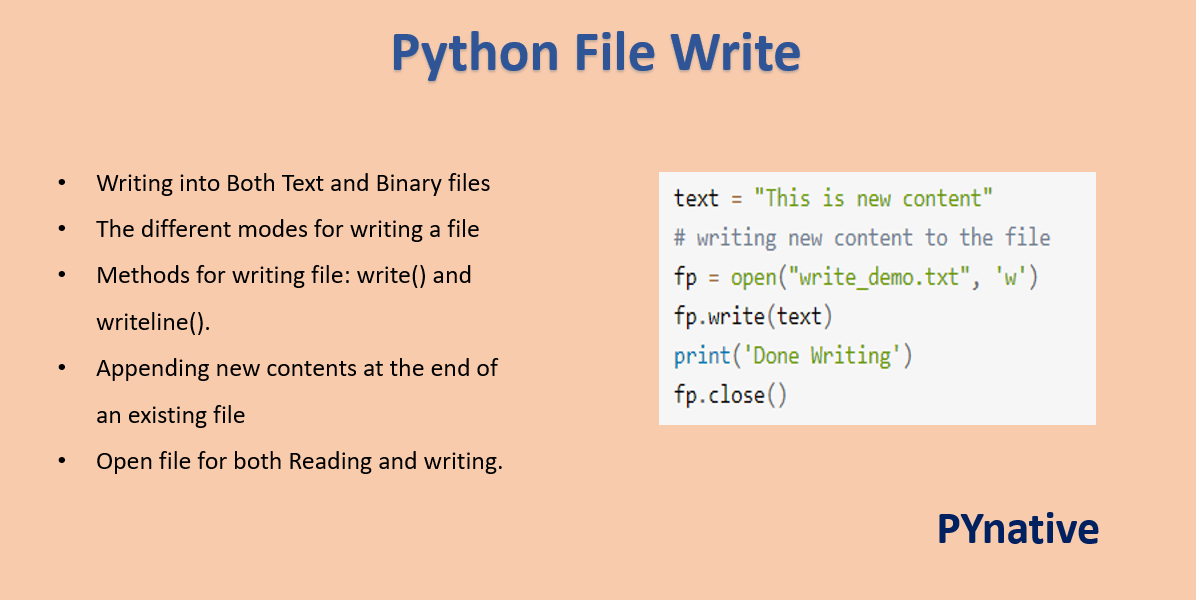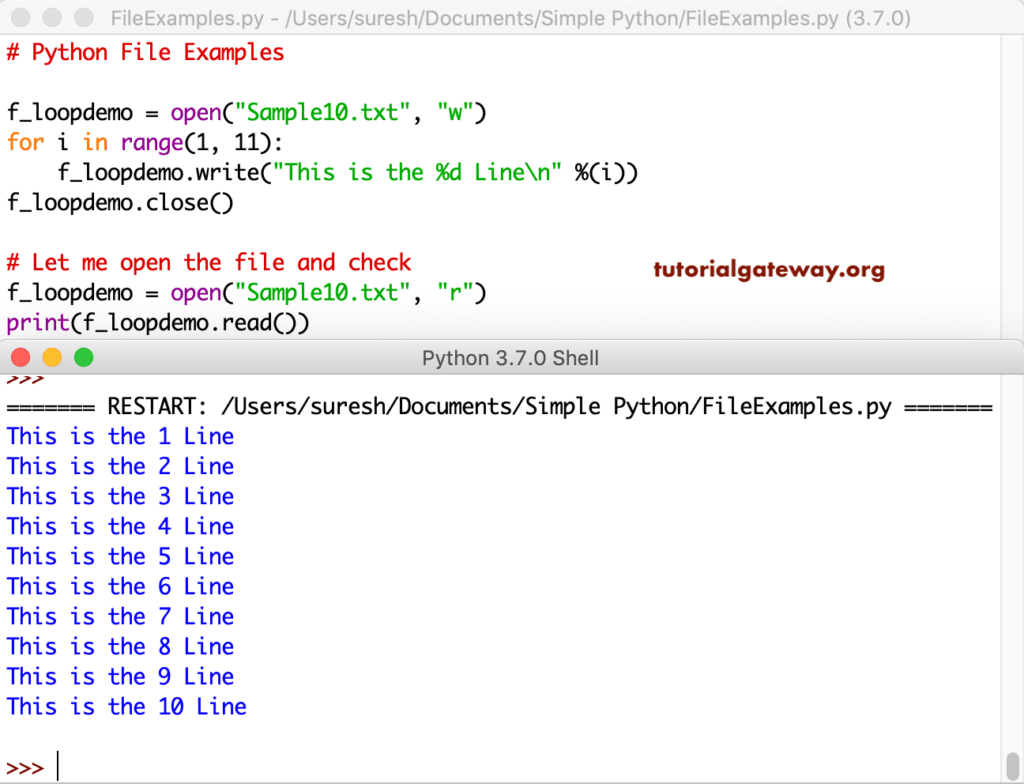

This mode defaults to ‘rt’, which stands for ‘ read text’. It’s a mandatory argument, but open() also has a number of optional extra arguments, like the file mode. So far, we used the open() function with just one argument: the file name. If you want to use it again, you have to open it again. Due to this automatic close, you can not use the file (called f in our case) outside of the with-statement. That’s because Python closes the resource automatically as soon as we step out of the scope of this with-statement. In this example, the with-statement makes sure the file is closed, even if an exception occurs. If the interactive example above doesn’t work for some reason, here’s a text version of the same code: with open('text.txt') as f: By using Python’s with open(), the opened file resource will only be available in the indented block of code: Therefore, with modern Python, it’s recommended to use the with-statement when you can.
PYTHON OPEN READWRITE SOFTWARE
And this is a trivial example, but you can imagine that with more complicated software, in which exceptions might get caught so the software can keep running, it can go wrong quickly.Īnother problem that may arise, is that you simply forget to write the close() call. If an exception occurs while Python reads the file, the f.close() call will never be reached. There’s a potential problem in the previous example. This could be a problem with large files, but we’ll get to that soon. This is no problem for small files, but do realize that you load all the contents into memory at once. If you want to read all the file content into a single string, at once, use the read() method on a file object, without arguments. In the example above, you can see how we read all contents from the file so we can print it. If the interactive example above doesn’t work for some reason, here’s a text version of the same code: f = open('text.txt')į.close() Python read file content at once


It should work the same Python won’t complain and will close the file resource on exit. If you’re feeling adventurous, try and remove the f.close(). You should prefer using the with-statement.
PYTHON OPEN READWRITE MANUAL
To illustrate why the with statement is so useful, let’s first open and close a file in the traditional, manual way: I first want to show you the ‘old fashioned way of doing things. Luckily, Python has the ‘with’ statement to help us out. For these reasons, it’s a good habit to close a file when you’re done with it.Ĭlosing a file used to be a manual task, that can be forgotten easily. Also, when you open a lot of files, each open file takes up memory and other resources. This way, you make sure other software can access the file safely. With such software, you need to be more careful and close the resources you don’t need anymore. That’s nice and considerate of the Python devs, but a lot of software keeps running indefinitely. When your program exits, all resources are freed up automatically. This doesn’t have to be a problem though. If you do this often enough, you might run into problems, because there’s a limit to the number of open files a regular operating system user can have.

If you don’t, you create a so-called resource leak.
PYTHON OPEN READWRITE FREE
If the file was successfully opened, it returns a file object that you can use to read from and write to that file.Īs soon as you open a file with Python, you are using system resources that you need to free once you’re done. The open() function expects at least one argument: the file name. It’s part of Python’s built-in functions, you don’t need to import anything to use open(). Python Dictionaries Access Items Change Items Add Items Remove Items Loop Dictionaries Copy Dictionaries Nested Dictionaries Dictionary Methods Dictionary Exercise Python If.Else Python While Loops Python For Loops Python Functions Python Lambda Python Arrays Python Classes/Objects Python Inheritance Python Iterators Python Polymorphism Python Scope Python Modules Python Dates Python Math Python JSON Python RegEx Python PIP Python Try.In Python, we open a file with the open() function.


 0 kommentar(er)
0 kommentar(er)
